
NAHJ conference in Chicago. (Photo by Amairani Hernandez/CALÓ News)
On Saturday, July 12, the National Association of Hispanic Journalists (NAHJ) held a panel at their annual conference, which took place in Chicago, titled “Coping with Covering Traumatic News,” addressing the challenges journalists face amid an increase in natural disasters and immigration raids in Los Angeles.
Experts and journalists who participated in the panel included Michelle Valles, a 27-year news veteran from NBC Los Angeles; Hatzel Vela, an award-winning bilingual journalist from Telemundo Miami; Mayra Diaz, a health and medicine policy researcher; and CALÓ News journalist and Cal State University of Long Beach professor Jacqueline Garcia.
Valles shared her experience as a reporter covering the devastation in the wake of the wildfires in Los Angeles County which destroyed thousands of homes and claimed more than two dozen lives, describing what it was like to witness people lose everything and how the emotional weight of those moments eventually took a toll on her own mental health.
“On January 7th, more than six months ago, we got hit with two big fires, historic fires, Palisades, and then the next day was the Altadena Eaton fire,” she said. “The assignment that morning when we walked in, it was 1 a.m. in the morning and I hadn't even heard of this fire because it happened while I was asleep.”
Valles explained that as soon as they learned the location of the fires, her team rushed to the scene with their fire gear. While she was physically prepared and equipped with the proper protective equipment, she emphasized that when it comes to covering natural disasters, journalists are never truly equipped with the emotional or mental “gear” needed to process the trauma they witness.
“We arrived, and we saw quite a few homes on fire and by the time before we even hit our boots on the ground, we covered ourselves in prayer, so we knew it was going to be a very hard task, but this is what we had been training for,” Valles said.
She also shared with the audience some of the coping mechanisms that have helped her continue doing the work she’s been doing for many years. Every morning Valles avoids using her phone after waking up. “Most people want to look at their phone, and that's great. I get up earlier just to meditate, to say my prayers, to ask for what I need to ask,” she said.
Valles also includes stretches and her 15 to 20 vitamin supplements to take care of her health. “I will take care of myself first. I drink my water with lemon. I gear up first, you've got to really take care of yourself, you know, to show up for your best self,” she shared. She also added that these strategies have been essential in managing the emotional toll that comes with the job.
Studies have found that, depending on the journalists’ beats or work locations, 4% to 59% have symptoms of PTSD, according to the Dart Center for Journalism & Trauma, a project of Columbia Journalism School, researching the psychological impact of reporting on traumatic events.
CALÓ News reporter Garcia, who was the moderator of the event, also shared her experience covering the wildfires in Altadena and Pasadena. “My [assignment] was to go and cover the day labor workers whose labor day center was about two miles away from the epicenter in Altadena. They voluntarily decided to go and help to pick up debris and things like that. However, one of them wanted to go and see the area,” Garcia said.

CALÓ News journalist and Cal State University of Long Beach professor Jacqueline Garcia. (Photo by Amairani Hernandez/CALÓ News)
When she arrived in Altadena and saw that much of the city had been reduced to ashes, she said they were both in a state of disbelief. Cesar, who had been living in the city for 25 years told Garcia that he was "shocked to see the aftermath of the fire.”
She also shared with the audience that there were times, after interviewing fire victims who had lost everything, when she would sit in her car and cry, overwhelmed as the emotional weight of their stories began to sink in. Garcia said that one of the ways she copes with her mental health has been by joining running groups created by organizations or clubs in her city.
Some of the challenges journalists' mental health face include: exposure to trauma, high-pressure environments, public scrutiny and harassment, lack of support from the newsrooms and emotional exhaustion.
Diaz explained that when the trauma is not addressed early on it can be linked to chronic health conditions like asthma, cancer, diabetes and substance use. “It's very important that we address these things,” she said.
In order to support its reporters' well-being, NAHJ launched “NAHJ Cares” on May 6,” a health and wellness initiative for Latino journalists. “NAHJ Cares” offers a variety of resources, events,and tools to address key areas of health and wellness for journalists.

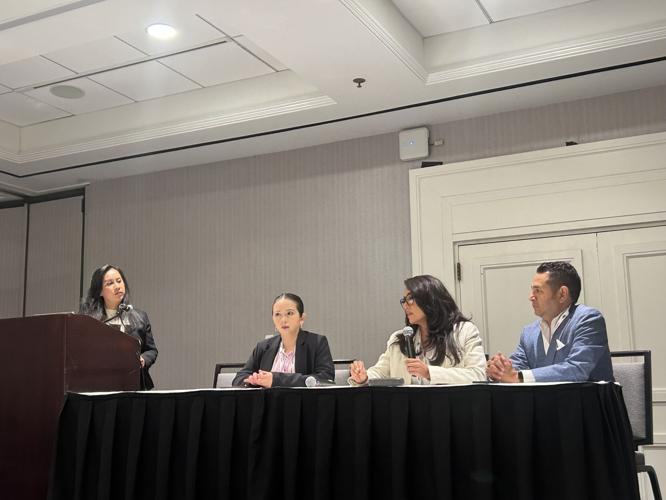
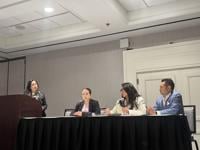

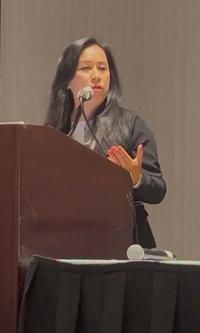

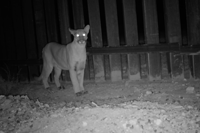


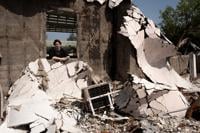


(0) comments
Welcome to the discussion.
Log In
Keep it Clean. Please avoid obscene, vulgar, lewd, racist or sexually-oriented language.
PLEASE TURN OFF YOUR CAPS LOCK.
Don't Threaten. Threats of harming another person will not be tolerated.
Be Truthful. Don't knowingly lie about anyone or anything.
Be Nice. No racism, sexism or any sort of -ism that is degrading to another person.
Be Proactive. Use the 'Report' link on each comment to let us know of abusive posts.
Share with Us. We'd love to hear eyewitness accounts, the history behind an article.